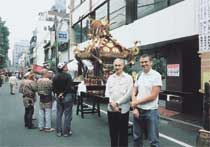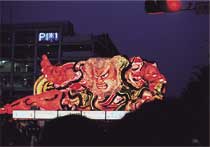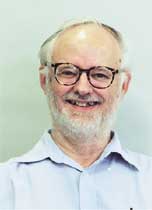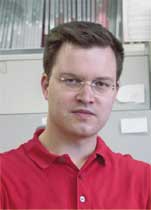Cultural differences you would encounter in Japan
KEK has been at the forefront of high energy physics research for several decades already, but right now is an especially exciting time, both in neutrino physics and in the physics of the beauty quark (beauty factory), and this is attracting many foreign physicists to KEK. However, foreign visitors to Japan should beware of cultural differences, both in the scientific and research environment and in everyday life.
Japan was virtually isolated from the rest of the world for most of its history, and the result is that it has a most unique culture. However, at the first glance, life at KEK is not very different from life at any other high energy physics research institute elsewhere in the world. And inside the laboratory, the knowledge of English, but not Japanese, is sufficient. However, there are, when one understands the situation better, very significant differences. The following come to mind:
1. Seniority is more important at KEK, and there is more respect for the hierarchy,
2. At KEK decisions are made preferably by consensus, and
3. Team work plays a more important role.
But there is more to the experience of working at KEK than just the research itself; there is also the chance to enjoy the unique culture of Japan, which is an added bonus for those who like to take advantage of such chances, e.g., the unique character of visiting the Japanese temples and shrines with Shinto and Buddhist flavor and unique Japanese touch.

Foreign visitors may also take part in traditional Japanese activities like the first shrine visit on New Year's Day, the flower-viewing parties at cherry blossom time or Japanese fireworks during summer months, just to name a few examples.
Outside the laboratory, the most common mistake of western visitors is to assume that things and procedures are more or less the same as in their home country. E.g., the authors have knowledge of a person who miserably failed to meet his friends in a major Tokyo train station because he assumed that train stations in Japanese cities are of moderate size (like in his own country) and realized too late that this station is in fact a large city in itself!
Another frequent mistake is to assume that everybody speaks English and to underestimate the problems caused by signs and instructions being written only in Japanese. E.g., it happens rather often, when visitors come to Japan for the first time, and the signs are only in Japanese that they choose the inappropriate restroom.
Here life is considerably easier if you do know some Japanese. The good news is that it is rather easy to acquire sufficient Japanese for basic survival. For those who like languages in addition to physics, learning Japanese is fascinating.
KEK is located in a very unique part of Japan. About 30 years ago, the Japanese government decided to form a new city for science and technology in this area which was then largely undeveloped, containing mostly rice farms and a golf course. Tsukuba Science City is a hybrid between the rest of Japan and a typical California town.
The resulting unique flavor probably makes life more comfortable for foreign visitors, e.g., the streets are broad and have a regular pattern, not narrow and haphazard like in most of the rest of Japan, and the bureaucracy in Tsukuba is more accustomed to dealing with foreigners than is the case elsewhere in Japan
The safest option for coping with life in Japan outside of KEK is, until you know how it really is in Japan, to assume that it is different from what you are used to. After you have some experience living in Japan, it is the uniqueness of the culture, its difference from other cultures, which, in addition to the physics, will provide the real charm of participating in the experiment in Japan |  |


The authors of this article:
Jimmy MacNaughton (left) is a staff member of the Institute for High Energy Physics of the Austrian Academy of Sciences, currently participating in KEK's BELLE experiment. He has lived in Japan for a total of about 4 years out of which he spent 3 years at KEK working on various experiments.
Christoph Schwanda (right) is a fellow of the Japan Society for the Promotion of Science, working for the Belle experiment at KEK. He has obtained his Ph. D. at the Delphi experiment at CERN and has been living in Japan for about one year.
